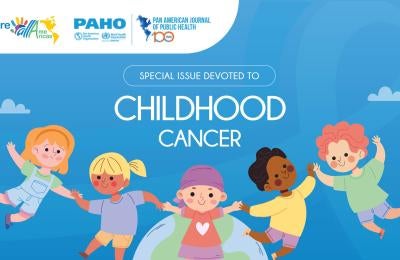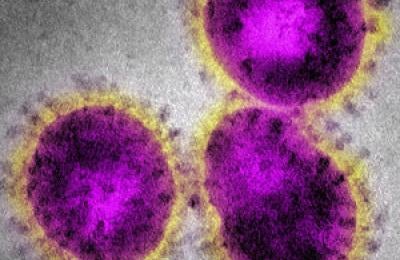Effect of the More Doctors Program on primary care sensitive conditions in Brazil
The present article aimed at evaluating the effect of the More Doctors Program (PMM) on primary care sensitive conditions (PCSC) by age group in Brazil. A longitudinal study was performed using a dynamic panel data approach. Municipalities were considered as the unit of analysis; the 5 570 Brazilian municipalities existing in Brazil from 2008 to 2016 were analyzed. The effect of the PMM was evaluated according to the exposure of municipalities to the program. For that, the municipalities in which at least 50% of primary care physicians were linked to the PMM were identified.














